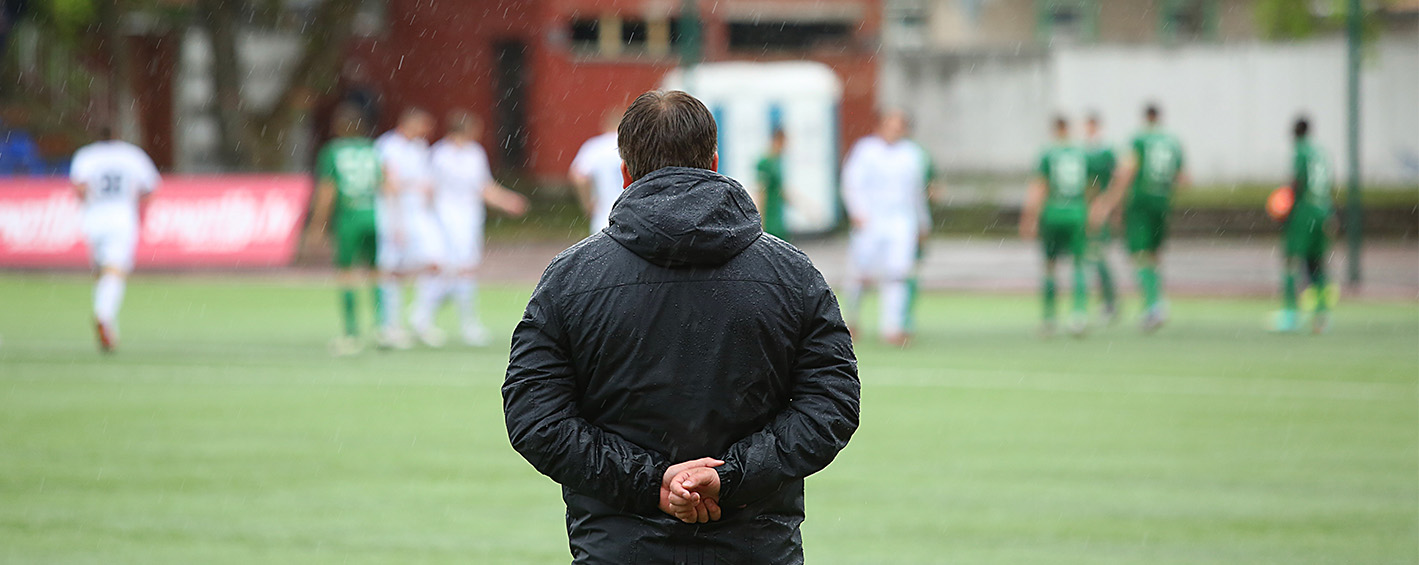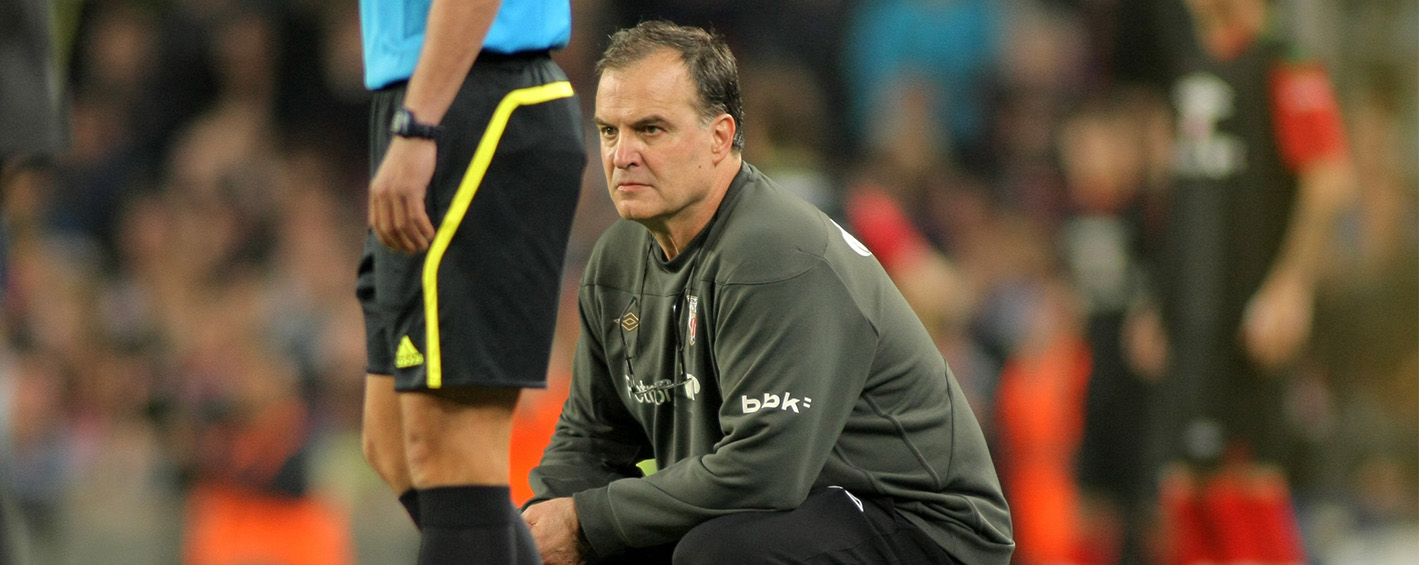Share it
For the person in charge of a team there is more to it than picking the players and getting them sorted into positions. How does the manager/head coach deal with the different hats he or she has to wear? Here are four modes and how to cope with them.
The modern-day manager effectively works across and between four different modes or areas in any given day. There is cross over between all four, and every person operating as a head coach or manager at a football club will have strengths in certain areas, and possibly areas to develop in.
The beauty of football is that its so individual, and some managers now look to employ people to for fill some of these modes for them to allow them to focus on the areas they can impact most positively.
Managing
This encompasses all the areas that we would think of when it comes to being a football manager. Looking at training schedules, recruitment of players, and firing of staff, media responsibilities and all that comes with the role. Its essentially having a finger on the pulse of everything that impacts the environment to ensure that it all works in harmony and its maximizes the potential of positive results on the pitch.
When we look at people who are employed as head coaches at a football club, sometimes some of these responsibilities are not actually within their remit to allow them more time to spend within the coaching mode.
Coaching
When speaking to head coaches, this is the part of the job that they enjoy the most but feel they have the least time to do. Tasks such as creating training models, practice designs, video analysis, game plans, playing philosophy and player development all fall under this area.
It’s what people envisage being a head coach is, however in reality it takes up such a small part of the day to day schedule, especially if your job role is a manager of a football club.
This mode however can have the biggest impact on the results on the pitch and is always described as the most enjoyable part.
Leading
There are many definitions of what a leader is, however in its basic form being a good leader in a high performing environment is about creating a vision that everyone can buy into and being a positive role model with your behaviors to help achieve it.
Defining what the expectations are from those who are working within the environment will allow accountability, and at times delegation. Every head coach or manager will have a different style of what they consider a good leader to look like, and this will be based on their personality traits and the way they have experienced leadership themselves.
The beauty of leadership in football is that there is no right or wrong, it’s an individual style and each environment will require something different to the next.
Followership
In its definition followership means to follow someone’s lead, however this doesn’t just apply to the head coach being the one who always provides this. Empowering others to bring their strengths and their own leadership style to the forefront of a high performing environment shows that a head coach or manager is embracing the concept of followership, willing to be lead in certain circumstances by someone who possibly has more experience or knowledge in a particular area.
Followership can be done effectively if roles and responsibilities are clearly defined, and everyone knows how they are contributing to the end goal.

